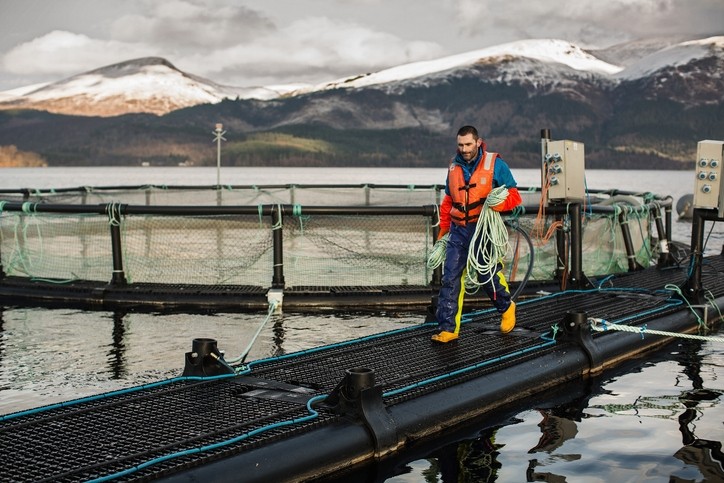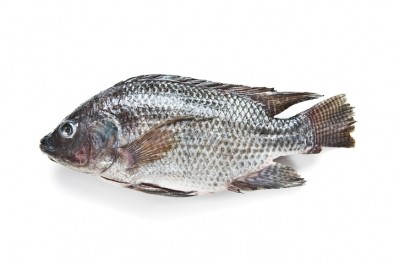IFFO: Life cycle assessment model captures nuances of marine feed ingredients

The study advocates for the adoption of LCA-based environmental impact metrics not just for fishmeal and fish oil, but also for grains, oilseeds, and other feed components.
"This approach would create a level playing field for all ingredients when assessing environmental impacts, providing a clear and fair comparison that would help both producers and consumers understand the sustainability of different feed options," says Brett Glencross, IFFO's technical director and lead author of the review, in an interview with FeedNavigator.
Glencross stresses that all feed ingredients have their own shortcomings, but progress can only be made through a comparative system based on shared metrics.
He emphasizes the importance of sustainable raw material sourcing, noting that the largest share of Scope 3 emissions and absolute emissions in salmon production, for example, can be attributed to the feed used.

Single-point metrics
While existing sustainability metrics in the marine ingredients sector, such as eFIFO (economic Fish In: Fish Out), FFDR (Forage Fish Dependency Ratio), FIFO (Fish In: Fish Out), and FCR (Feed Conversion Ratio), represent advancements over previous methods, Glencross argues they are insufficient. These metrics fail to account for critical variables, such as the quality of fisheries management.
"They do not differentiate between well-managed and poorly managed fisheries," Glencross notes, highlighting that well-managed fisheries are essential for sustainably providing resources and supporting global human nutrition without compromising ecological balance.
As the current metrics do not fully capture the variability in management practices across fisheries, they can potentially obscure the benefits of sourcing from well-managed sources.
Another significant oversight of these single-point metrics is their failure to address the sustainability issues associated with alternative ingredients used to replace fishmeal or fish oil. This omission can lead to unintended environmental or social impacts if these alternatives are not sustainably sourced or produced, he claims.
Impact categories
One of the key advantages of LCA analysis is its ability to assess a wide range of impact categories, providing vastly greater utility than single-point metrics.
The LCA methodology considers multiple factors such as land use, water consumption, energy use, and other critical resources. Furthermore, it aligns with the EU's Product Environmental Footprint Categorization Rules (PEFCR) and is supported by the Global Feed Life Cycle Assessment Institute (GFLI).
According to Glencross, LCA-based metrics are essential for capturing the nuances of using marine raw materials:
"Using this framework, it becomes easier to understand the strategic role that marine ingredients play in the aquaculture sector. They are increasingly being used at key points in production cycles to optimize nutritional contributions and maximize efficiency."

Economic allocation
The IFFO had hitherto championed the use of eFIFO as a sustainability metric, which uses an economic allocation approach that incorporates the nutritional value of ingredients and the changing value balance between fishmeal and fish oil over time.
"The eFIFO metric aligns with the agreed standards for feed sustainability assessment proposed by the GFLI, which offers three allocation options: economic, mass, and energy allocation, with a preference for economic allocation. However, its main limitation is that it applies to only one sector, whereas the GFLI's LCA approach allows cross-sectoral comparisons across various feed materials," reported Glencross previously.
Over the last two decades, the aquaculture sector has experienced remarkable growth. Projections from the UN’s Food and Agriculture Organization (FAO) indicate that global aquaculture production is set to more than double by 2050. This surge places increasing pressure on the feed sector to respond effectively, Glencross noted in an interview with this publication in March.










